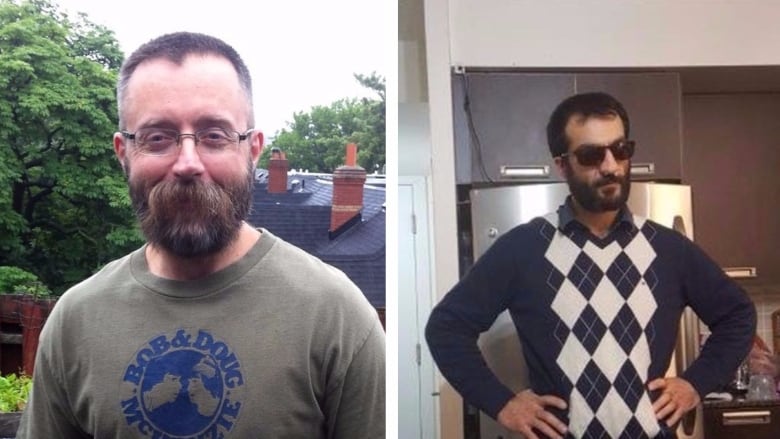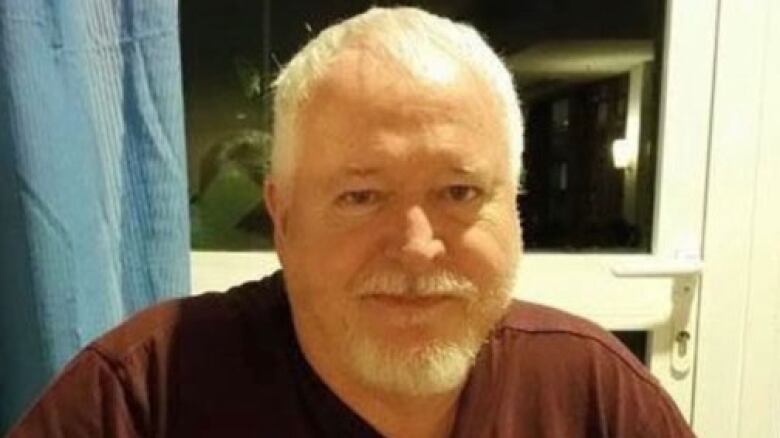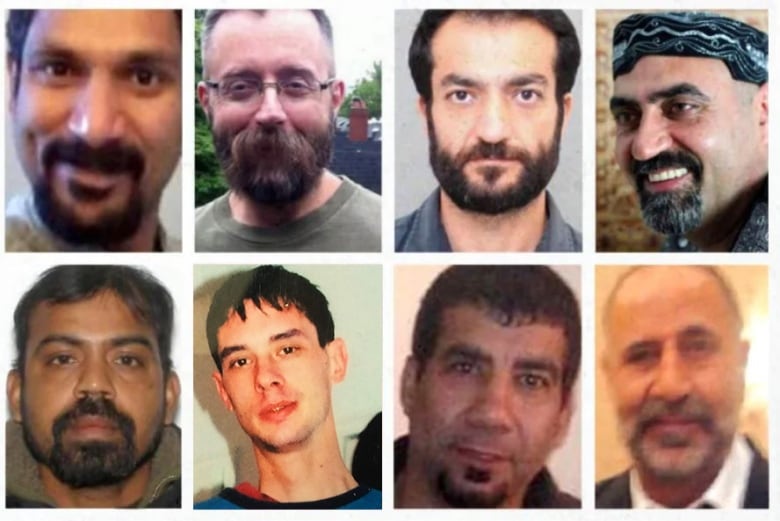Covert police search of Bruce McArthur's home cut short when he unexpectedly returned home: court records
Andrew Kinsman's blood found inside one of Bruce McArthur's possessions, documents show

Andrew Kinsman's mysterious disappearance in the summer of 2017 served as a tipping point that finally led Toronto police to focus investigative efforts on alleged serial killer BruceMcArthur.
The probe into McArthur included extensive surveillance, acovertsearch of his apartment that wasinterrupted when he unexpectedly came home, a discovery of Kinsman's blood and disturbing revelationsthat soon linked the landscaperto the deaths of sevenother men, according to court documents unsealedby an Ontario Court of Justice judge on Wednesday.
The documents pertain to Project Prism, a police task force struck to probe the disappearances of Kinsman, 49, and SelimEsen, 44, in 2017. They were unsealed following an application fromCBCNews and a number of other media outlets.
By mid-August 2017, six weeks after Kinsman was reported missing on June 29, McArthurwas identified as a person of interest in the case.
The heavily redacted records show that during Project Prism, police were also exploring any possible connections to the missing persons cases of three men previously investigated by another 18-month long task force, Project Houston, in 2013 and early 2014. The missing men all had known ties to Toronto's Gay Village.
Four of the men disappeared over holiday weekends, while Kinsman went missing over Pride weekend of 2017, according to the documents.
While it's not clear what evidence initially linked Kinsman to McArthur, by November 2017 thelandscaper had moved from a person of interest to a suspect.
Unlike the earlier casesof Esenand the three missing men who sparked Project Houston, police had little doubt from the very beginning that Kinsman's disappearance was suspicious. Investigators carried out extensive searches of Kinsman's apartment and also spoke with multiple tenants at the building where helived and worked as a superintendent.

In mid-September, detectives applied for tracking warrants for two vehicles registered to McArthur, though hesoon sold one of those vehicles a maroon Dodge Caravan to an auto body shop outside of Toronto. Police later recovered and seized the van. The owner of the property where the van was found told CBCToronto at the time that investigators found blood inside the vehicle.
"After learning that Kinsman's blood was found in McArthur's [redacted] police once again began mobile surveillance on McArthur," the documents say.
Meanwhile, at some point during their probe of Kinsman's disappearance, police linked Esen to McArthur through their shared use of a dating mobile app.
During this period,detectives applied for a production order from Telus for McArthur's phone records dating back to April. Esen was first reported missing on April 16, 2017. By November, police were calling McArthur a person of interest in Esen's case.
And as early as August 2017, police noted the similarities between the Kinsman and Esencases, and those of the three menSkanda Navaratnam, 40, Abdulbasir Faizi, 44, and Majeed Kayhan, 58 probed during Project Houston.
"Adding to the concern of police and the community is the fact that four other self-identified 'bears' from the gay community have gone missing from the Church-Wellesley Village since 2010 all under mysterious circumstances," wrote Det.-Const. Joel Manherz.
'Bear' is a term that refers to a subset of gay men who commonly wear beards and project an image of "rugged masculinity," according to the court records.
Project Houston was eventually ended in April 2014after police failed to turn up evidence of criminal wrongdoing.
But by the middle stages of Project Prism, McArthur is named as a suspect in thedisappearance and deathof Kinsman and a person of interest in the disappearances of the other four men.
"I know from being briefed as part of Project Prism,Kinsman is not the first person to go missing from Toronto's Village. In fact, he is the fifth gay male to have vanished without a trace since 2010 and at this point, I believe they may all be related," Manherzwrote.
In November 2017, police significantly ramped up their surveillance of McArthur, including using GPS devices to track his daily movements. Police note that on Nov. 24, officers observed him working as a Santa Claus at Agincourt Mall in Scarborough.
It was also during this perioddetectives began re-examining the Project Houston files in earnest.
Further, theyindicated at this time that they had reason to think that Kinsman's remains mightbe hidden at a property on Mallory Crescent. Police would eventually find the remains of eight different men at the site, buried in garden planters and in aravine area at the back of the mid-Toronto property.
McArthur, 66, had worked for years for the couple that owned the home and allowed him to storeequipment in a garage. In interviews, the couple told CBC News that they often went away to their cottage on holiday weekends through the spring and summer.

Police cloned hard drives
Further, the unsealed documents show that on Dec. 5, 2017, police applied for a warrant to covertly enter McArthur'sThorncliffe Park apartment to clone and analyze multiple hard drives located in his bedroom. The warrant also covered any items police might find directly related to Kinsman, including his cellphone or any physical evidence, "including his remains and/or bodily fluids."
Later records indicate that due to a "time constraint" McArthur was on his way homepolice were unable to successfully clone all of the material stored on the drives. In total, they spent just over an hour inside the residence andmanaged to collect about 45 per cent of the files on the drives, the documents show.
It was also in December that police obtained a warrant to install a surveillance camera to watch the entrance to the garage at the home on Mallory Crescent.
Police arrested McArthuron Jan.18, 2018, after observing a man enter his 19th-floor apartment. The following day, police seizedfive mobile phones, three laptops, two desktop computers, three digital cameras and nearly a dozenUSBkeys from his unit.
In all, McArthur was charged with eight counts of first-degree murder in the deaths of the five men included in projects Houston and Prism, as well asKirushna Kumar Kanagaratnam, 37, Dean Lisowick, 47, Soroush Mahmudi, 50.
He is scheduled to make his next court appearance on Oct 5.

With files from John Lancaster, Nicole Brockbank, Mark Gollom, Alison Downie, IoannaRoumeliotis, Melissa Mancini,Natasha MacDonald-Dupuisand Jean-Philippe Nadeau












_(720p).jpg)


 OFFICIAL HD MUSIC VIDEO.jpg)
.jpg)



























































































